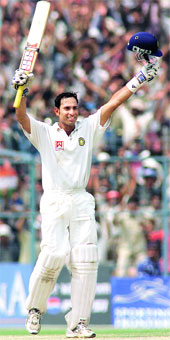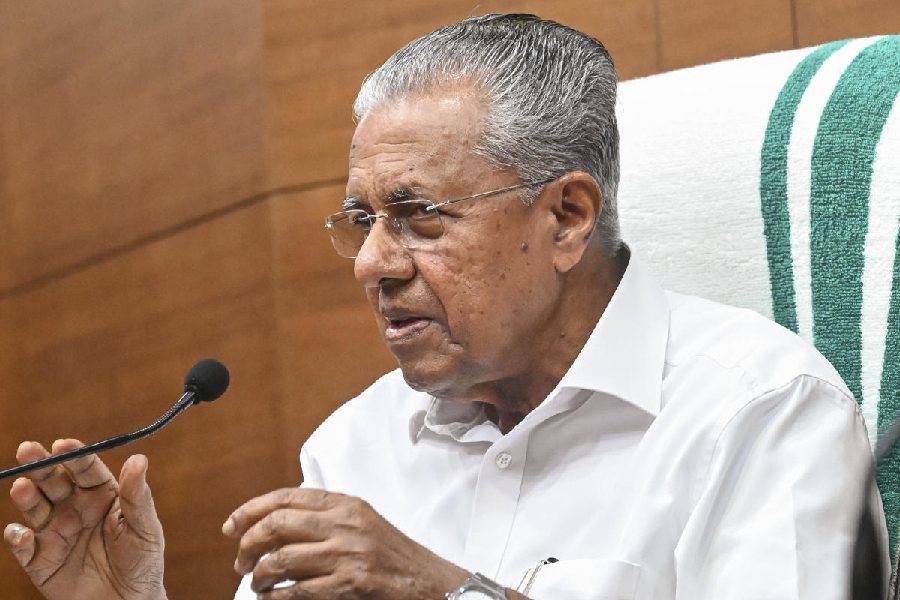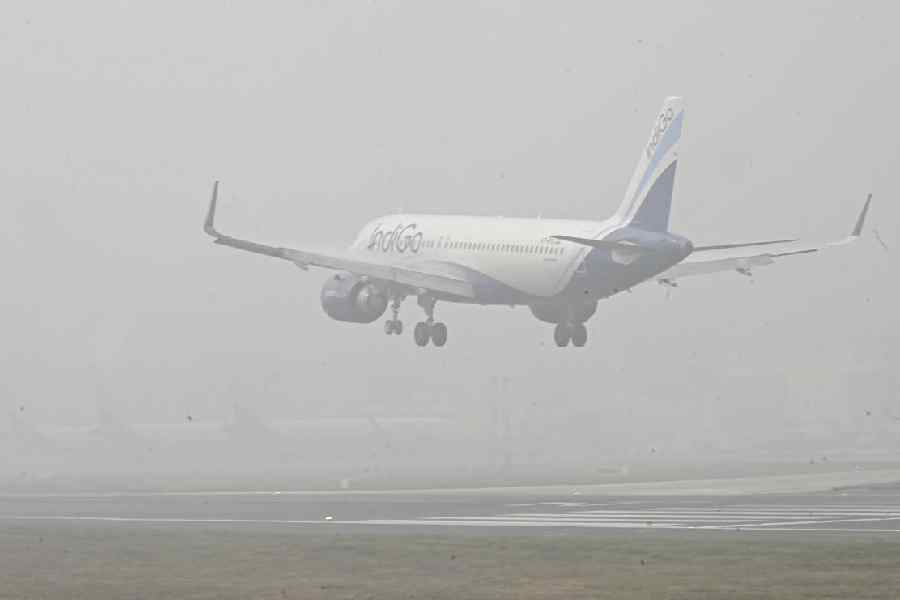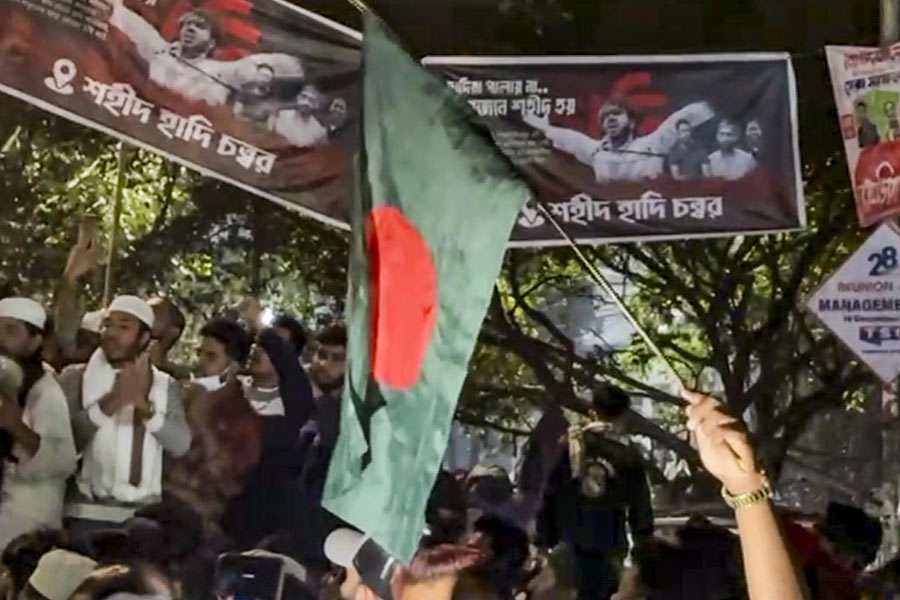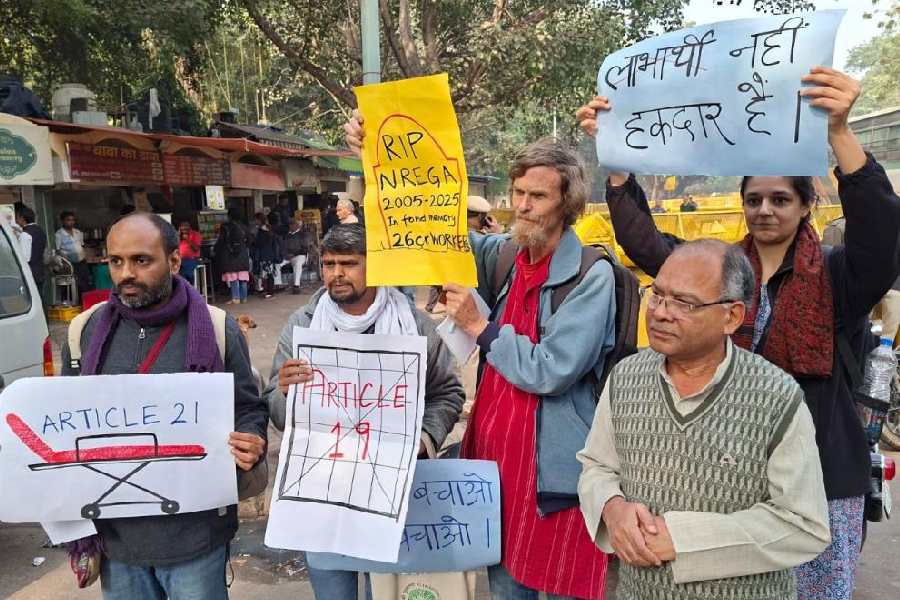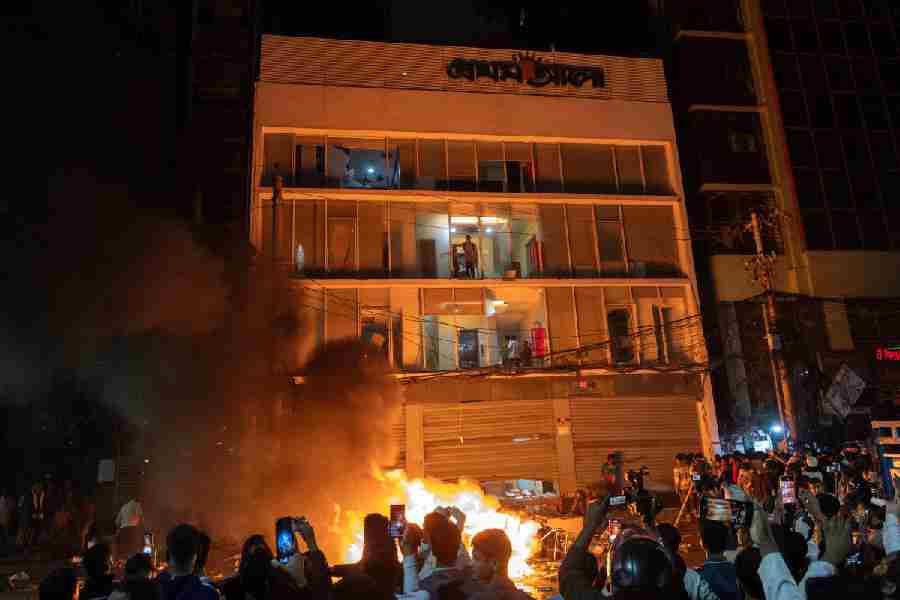
It takes a fraction of a second for the search engine to throw up links on Dholavira. Apparently, it is the second largest Harappan site in India, after Lothal.
The name Dholavira, and more, was tossed by Jyotsna Suri at a recent talk on hospitality and tourism, organised by FICCI FLO, Calcutta and moderated by Britta Leick-Milde, general manager, Hyatt Regency.
Rewinding to her career as a hotelier and her stint as the erstwhile president of FICCI (she’s also the first woman president of this business body), Suri was in her elements at the talk held in The Lalit Great Eastern, which she, as the chairperson and managing director of Bharat Hotels, calls “the jewel in the crown”. Excerpts from her talk.
Journey as a hotelier

Pictures: Rashbehari Das
I come from a business family. My father was in automobiles business. So was my husband (the late Lalit Suri) before he diversified. When Lalit got into hospitality, I supported him. We both learnt on the job. I started with the project, sitting in a table in the middle of the lobby as our first hotel was being built, walking up 28 floors to supervise. When the construction ended, I went into operations. The kids were small and there I was juggling menu to cutlery. And so we started.
When Lalit joined politics, by the second year, he had decided that he would be doing only that. I lost him in 2006. By then I was doing a lot of things, but knew nothing about finances, for example. I had to learn on the go. Today, we are about to open our 13th hotel. This one is in London. And the 14th will be in Ahmedabad, on the banks of Sabarmati.
Then there is the Lalit Traveller brand, no-frills hotels for the mid-market segment. We tested grounds with two — Jaipur, where the luxury hotel is in the front and the Traveller is in the back, and Khajuraho. This is the future. India has more than enough luxury hotels. Mid-market is where we need to work on.
Monument of a hotel
The Lalit Great Eastern — it’s the jewel in our crown. Lalit and I hadn’t even seen the hotel when we bid for it. We had to remove 500 trucks of trash out of the property over a three-month period once we got it. I remember Lalit and I on either side of our petite daughter, trying to hold her up because she fainted after a rat ran across her foot!
This is the first luxury hotel, and the longest running hotel in Asia. It is 175 years old. David Wilson came from Herefordshire and started a bakery at No. 1 Old Court House Street. The East India Company people missed their breads and muffins. Wilson was so successful he bought No. 2 and then No. 3 and started the hotel in 1840. When we bought it [in 2005], it was still running.
And no, contrary to all rumours, there’s no silver here (laughs). Hmm, so what did I find? I found rancid wine bottles — we drained the wine out and kept the bottles to be used as a backdrop for Maxim’s when it opens. I found four Sunil Das paintings, which were restored. I found some furniture. I found the oven, which is kept in The Bakery. The huge planters you see are vessels they used to knead the dough in.
The Lalit Great Eastern is not just a hotel, but also a monument. Till now we have spent about Rs 300 crore on it. The passion came from a foresight — what Calcutta would become. We have to develop Calcutta as a destination.
Insider tips
Showcase India
We may have a lot of international footfall, but if you disregard the business travellers, the real tourist is a very miniscule segment. Domestic tourism has picked up significantly, but internationally we have to go back to being a country where people want to return. India has so much to offer — from adventure to archaeology — one can’t do justice on a single visit. We have to get international tourists out of the elephant syndrome or slum tourism. We have to enhance infrastructure, improve connectivity.
D for destination
In terms of destinations, we haven’t even touched the tip of the iceberg. There are places, say like the Harappan site of Dholavira, which people haven’t even heard of.
The idea is to expose the destination for something other than the ordinary. For instance, Drass is known for its scenic beauty and also as the site for both Kargil Wars. But come summer in the valleys, the farmers bring out their ponies, actually the khachchars, and play a version of polo. There are no saddles, no rules. If my destination is vibrant and doing well, my hotel will do well.
Get the domestic tourist
Twenty-two million Indians are part of outbound tourists each year. They are genuine tourists who spend money — the ones we need to retain. Domestic tourism has to pick up.

